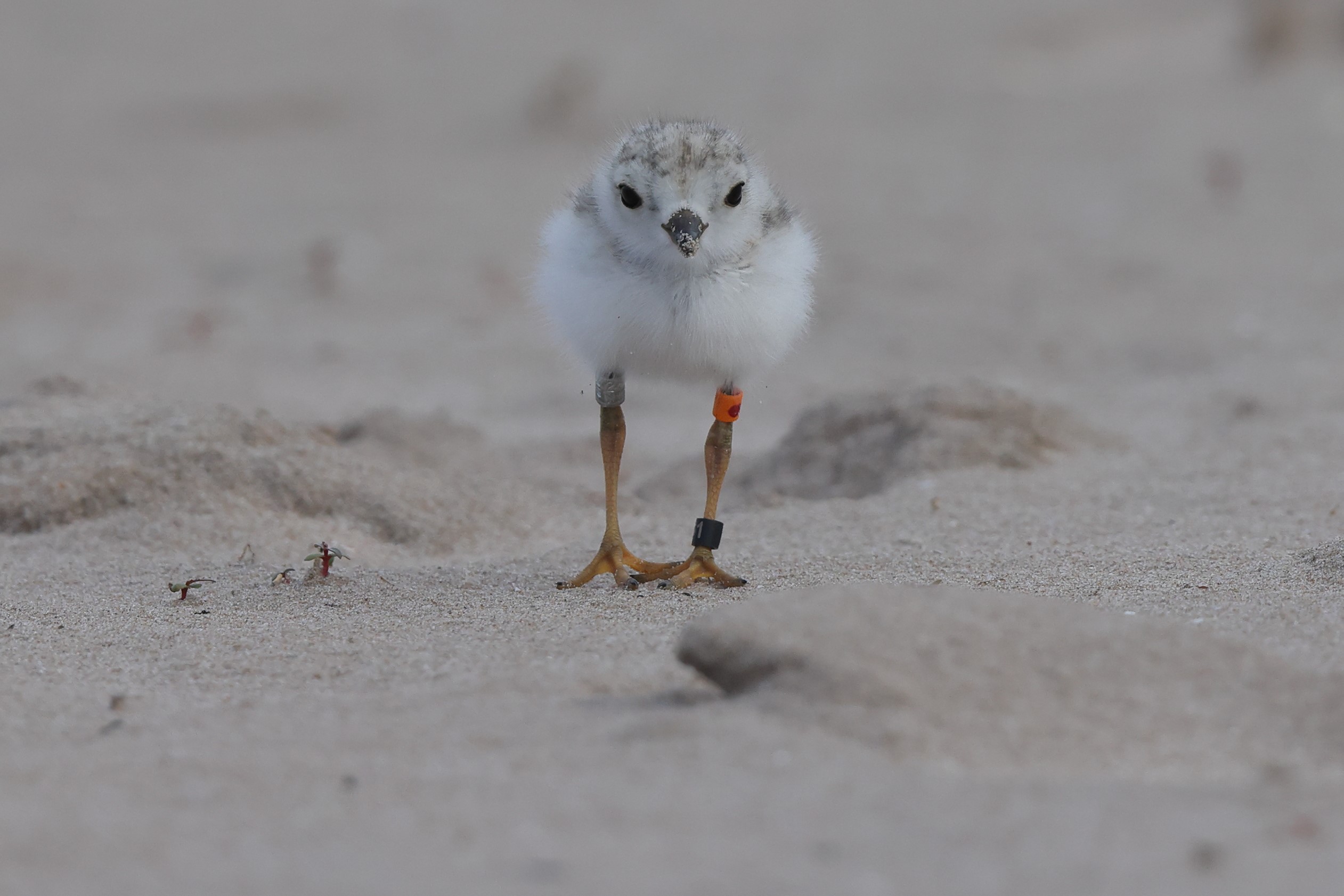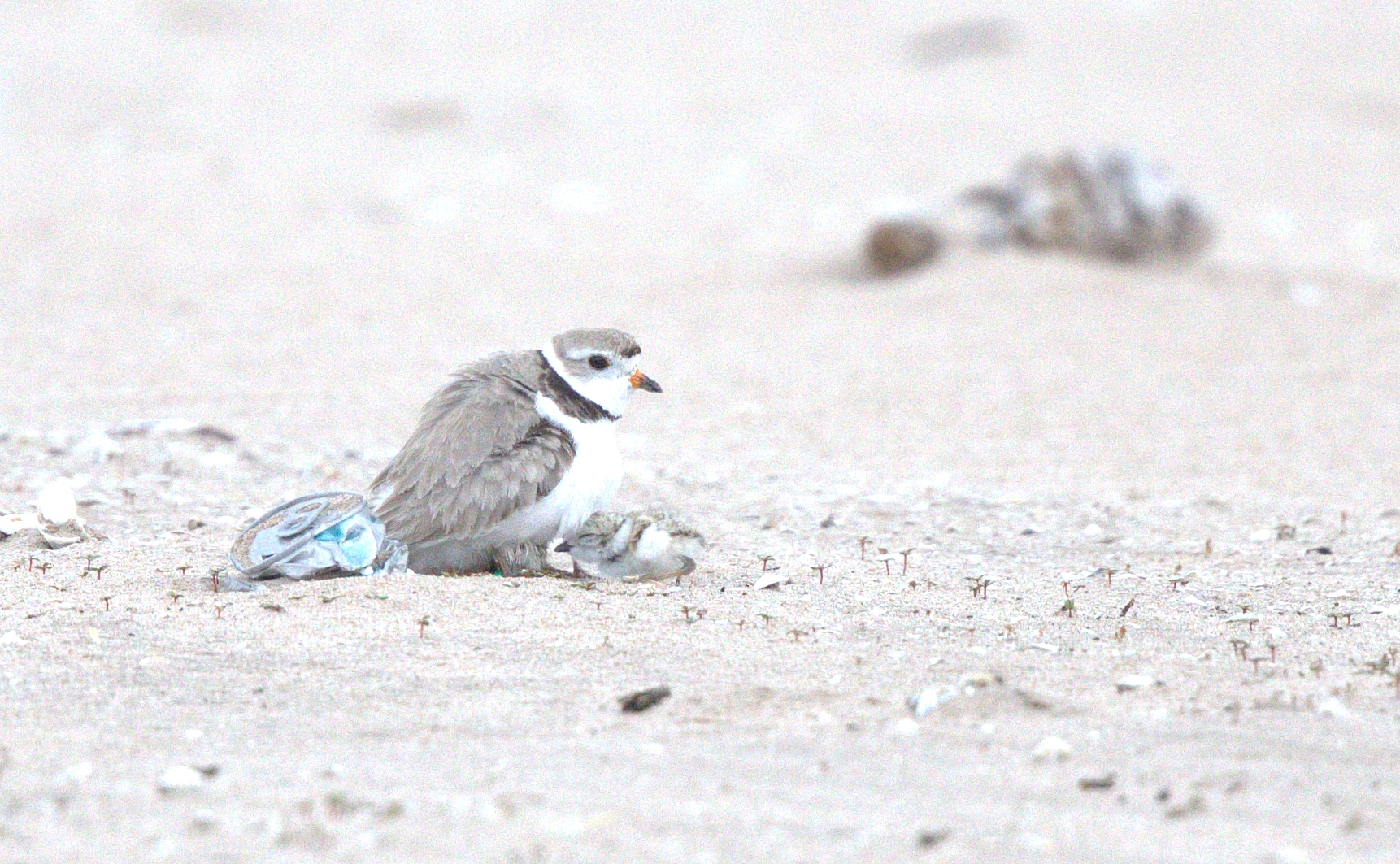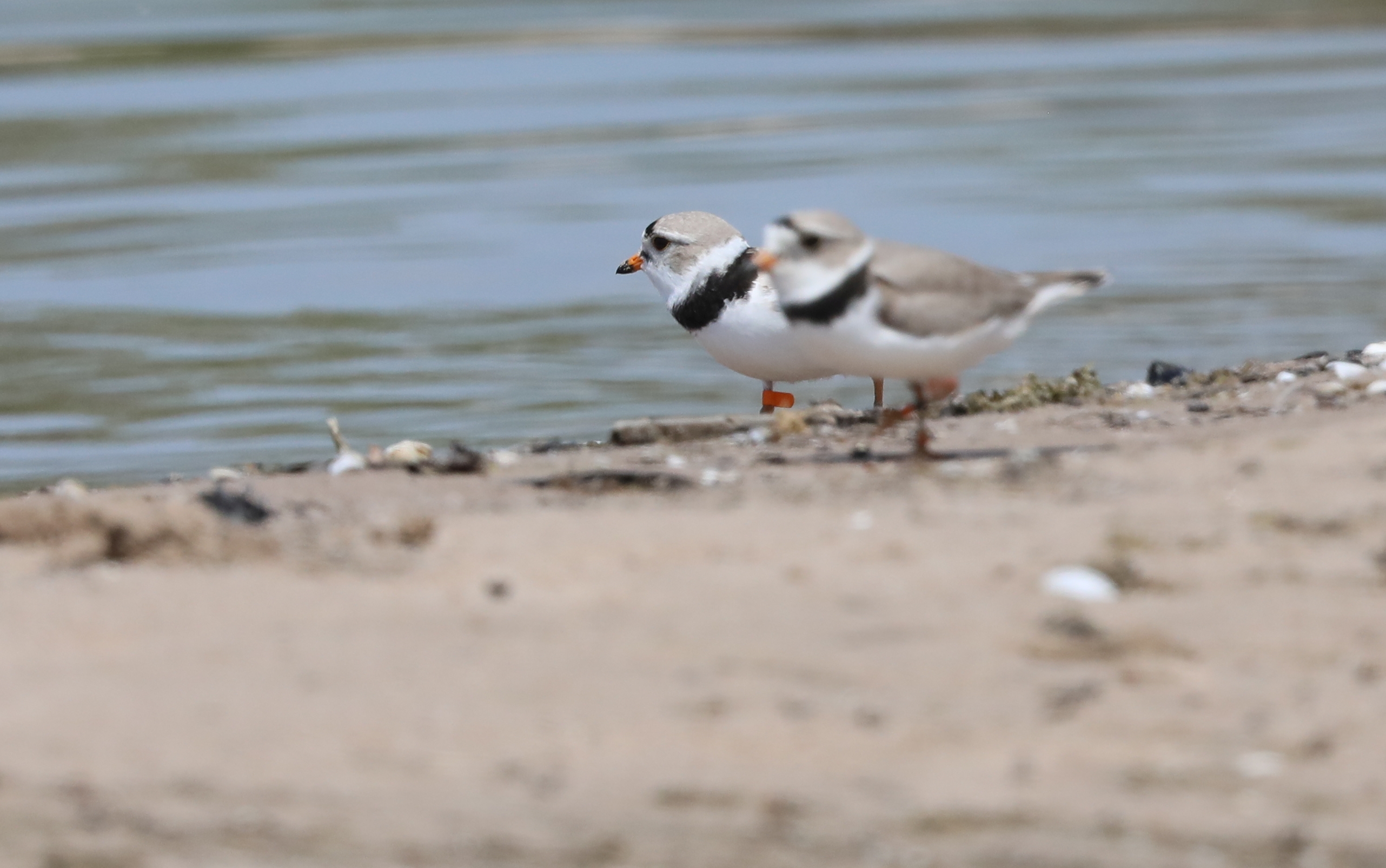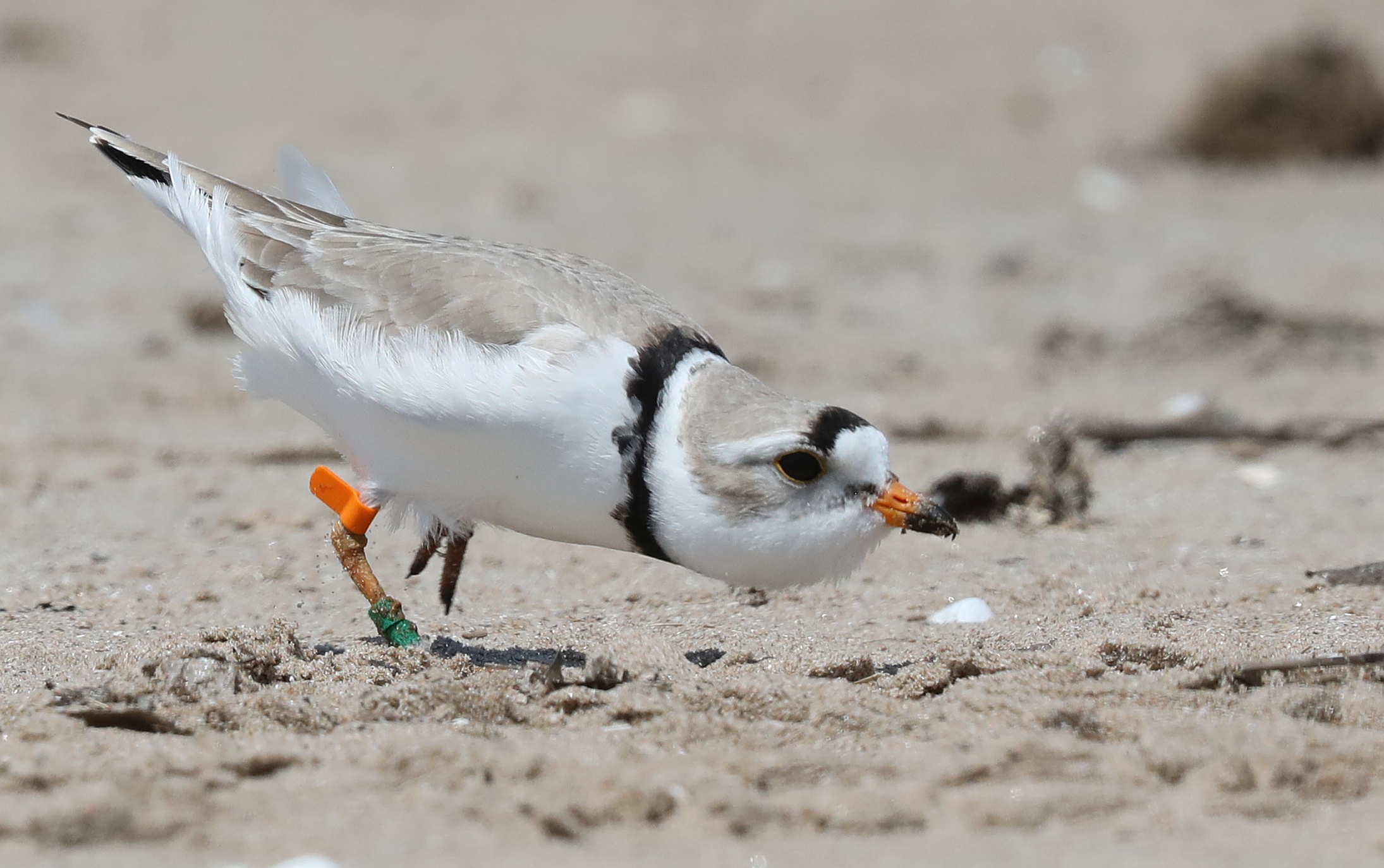Recent Headlines

Great Lakes Piping Plovers Boosted by ESF Research
An appealing little bird, the size of a sparrow and colored like the sand it nests in, has a better chance of persisting on the eastern Great Lakes thanks to the efforts of ESF researchers and their partners.
The endangered piping plover had all but disappeared from the Great Lakes in the 1980s as habitat loss and predators took their toll, particularly on the vulnerable young. But as scientists along Lake Michigan managed to stabilize and then grow their local population of plovers from 12 pairs to more than 70, researchers working on Lake Ontario followed the lead of the Michigan team and began using the same practices that had worked in the western Great Lakes.

"We are applying techniques that have been proven to be successful," said Dr. Jonathan Cohen, who teaches in ESF's Department of Environmental Biology. His work on wildlife habitat and population management has focused on shorebirds of conservation concern.

"We demonstrated that we can replicate in New York what happened elsewhere. We can get the birds to come and even do well. We know that if you create the habitat, you can attract them. But you have to also protect them from the predators and human disturbance that nearly made them extinct in the first place."
Cohen works with ESF Ph.D. student Alison Kocek, who has conducted research the past six summers on piping plovers nesting on the eastern shore of Lake Ontario in New York. Kocek monitors which banded piping plovers show up and nest, conducts behavioral surveys focused on piping plover habitat use, and bands chicks that hatch.
Piping plovers first returned to nest on New York's Lake Ontario shores in 2015 after a 30-year hiatus. Birds have returned every year since but high lake levels kept them from nesting in 2017. In 2021, Cohen and Kocek worked with the New York Department of Environmental Conservation to create and enhance two patches at Lakeview Wildlife Management Area for nesting piping plovers. Plovers returned to the area and placed a nest within one of the restored patches but, unfortunately, the nest was lost to predators early in the nesting process. Despite this loss, the birds created a replacement nest at a different location nearby, which hatched.
One of the most important techniques for attracting and protecting plovers is what Cohen calls "symbolic fencing," twine that runs between posts and cordons off the area where there is suitable nesting habitat for the birds. It reminds people not to disturb the birds or their nesting habitat, and most people respect the request. Exclosure cages with soft roofs can also be installed over nests to protect the nests from predators, although the young face peril when they leave the cage within a day of hatching and follow their parents to the open beach. Flightless for about a month, the young are no match for predators such as foxes, raccoons and feral cats, and require their parents to provide them heat and shade from the elements and teach them where to find the best food sources.
Cohen has also worked with piping plover populations – which he describes as "the quintessential beach bird" – along the Atlantic Coast. The two populations rarely interbreed. There is also a population of breeding piping plovers in the northern Great Plains. The Great Lakes population is by far the smallest with 60 to 75 pairs. The Atlantic Coast population recently reached a high of around 2,000 pairs, and the Great Plains population is believed to be around 2,000 pairs.
According to information compiled by the National Audubon Society's local chapter, Onondaga Audubon, historically there were between 500 and 700 pairs of piping plovers nesting throughout the Great Lakes region. The Great Lakes population reached a low of only 12 total pairs in 1990 but has slowly begun to recover thanks to dedicated management.
"They only exist in North America. Across the entire world, they only nest in the U.S. and Canada," Cohen said. "And humans have shown that they care by enacting the Endangered Species Act to protect them and other species that are in danger."
Piping plovers are one of few bird species that nest on the sand; their eggs look like the pebbles that dot the beaches where they nest. "They are a unique part of the ecosystem," Cohen said.

ESF's main partners in studying and monitoring these piping plovers have been Onondaga Audubon; Audubon New York; New York State Office of Parks, Recreation and Historic Preservation; the New York State Department of Environmental Conservation; and the U.S. Fish and Wildlife Service.
By Claire B. Dunn - ESF Science Writer